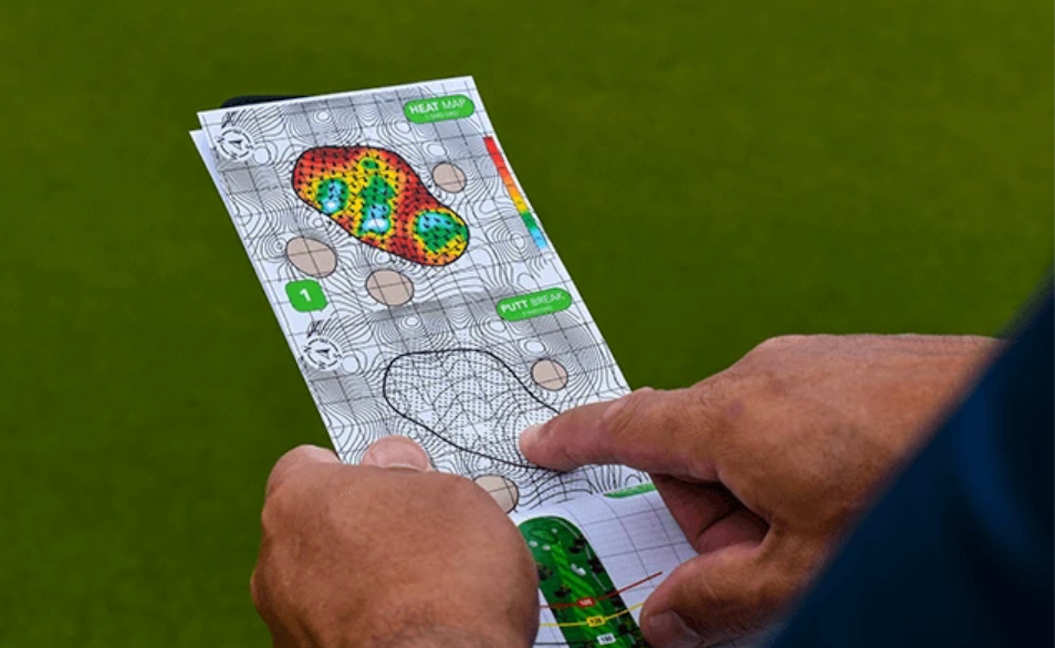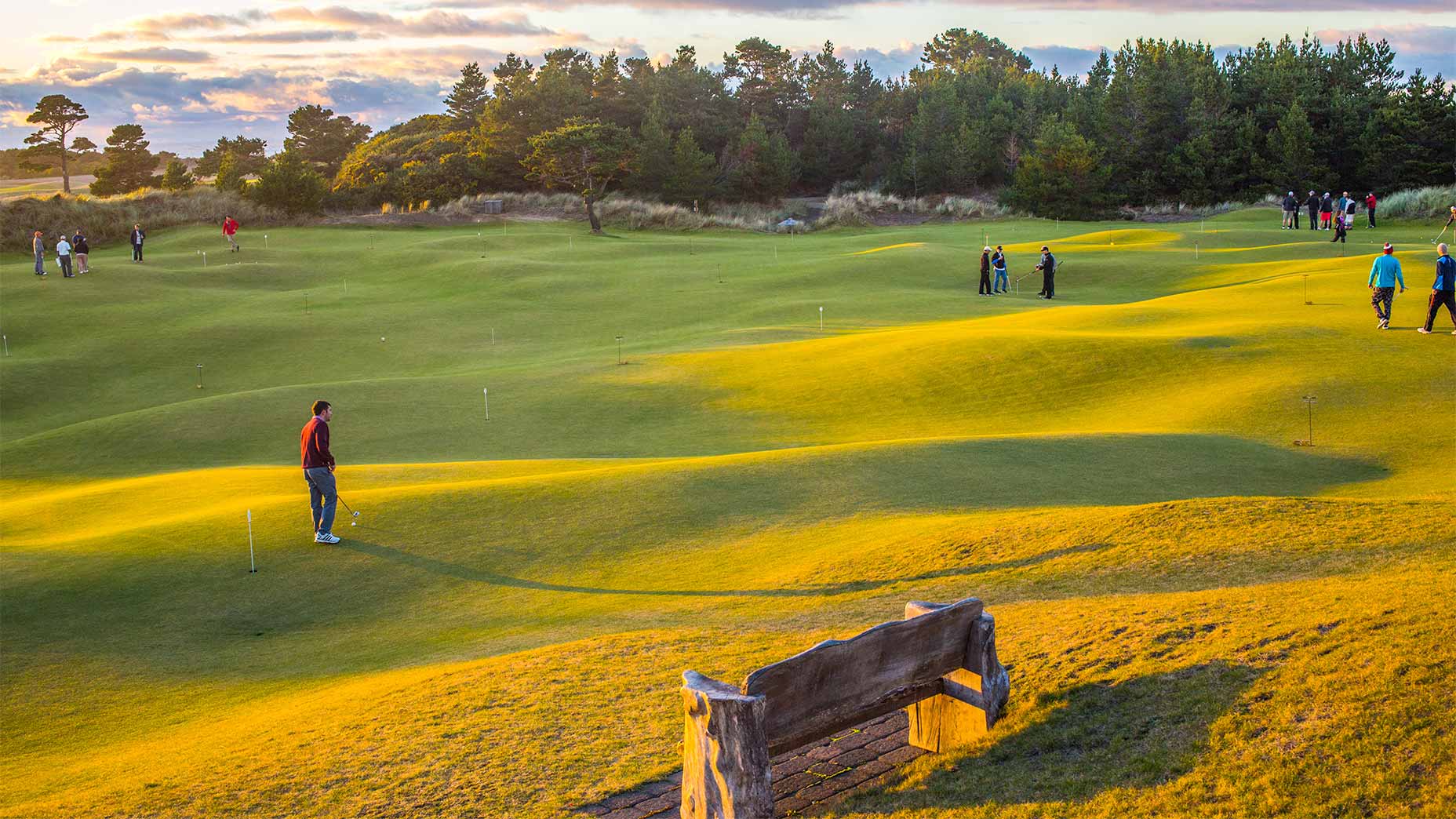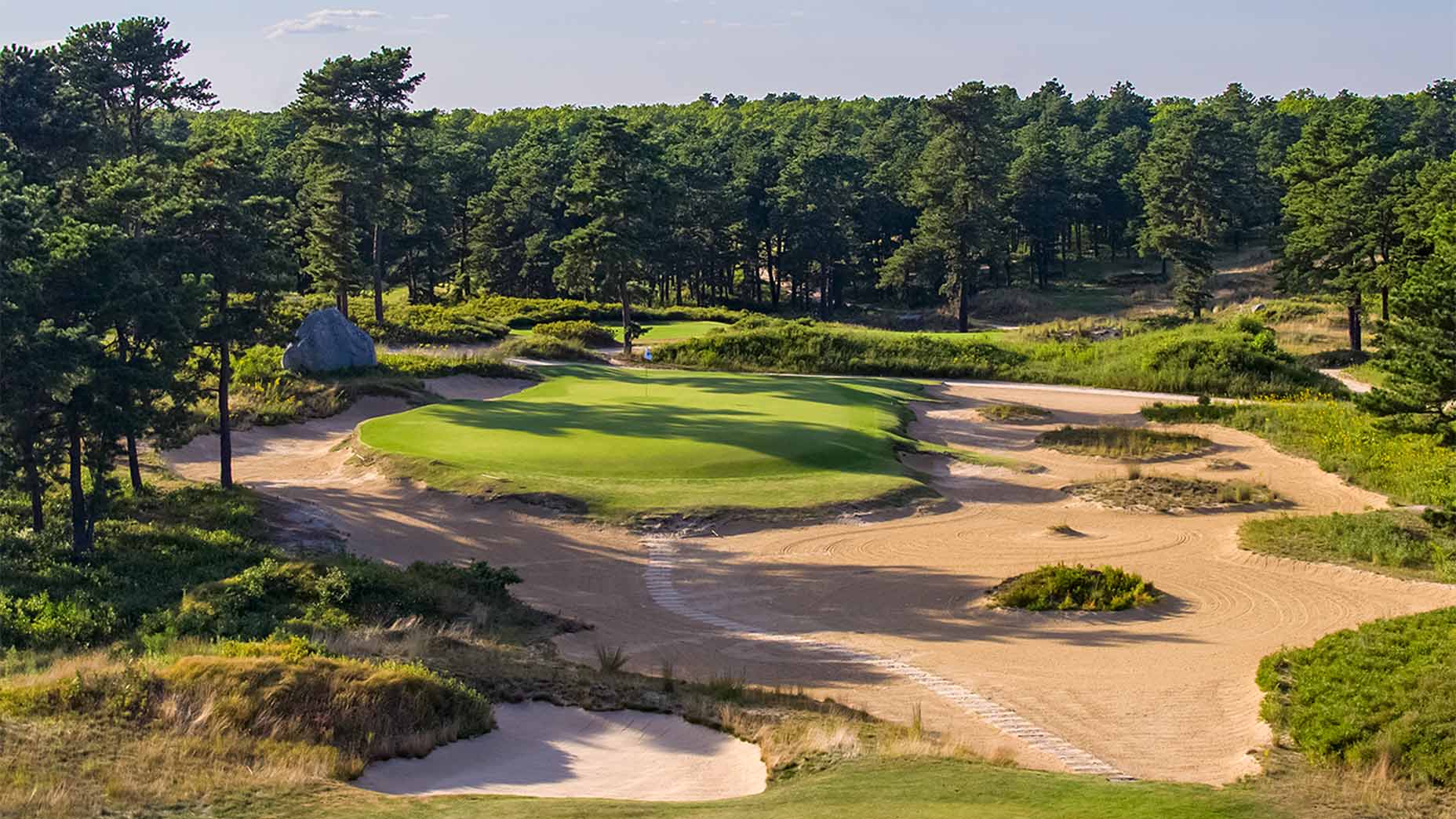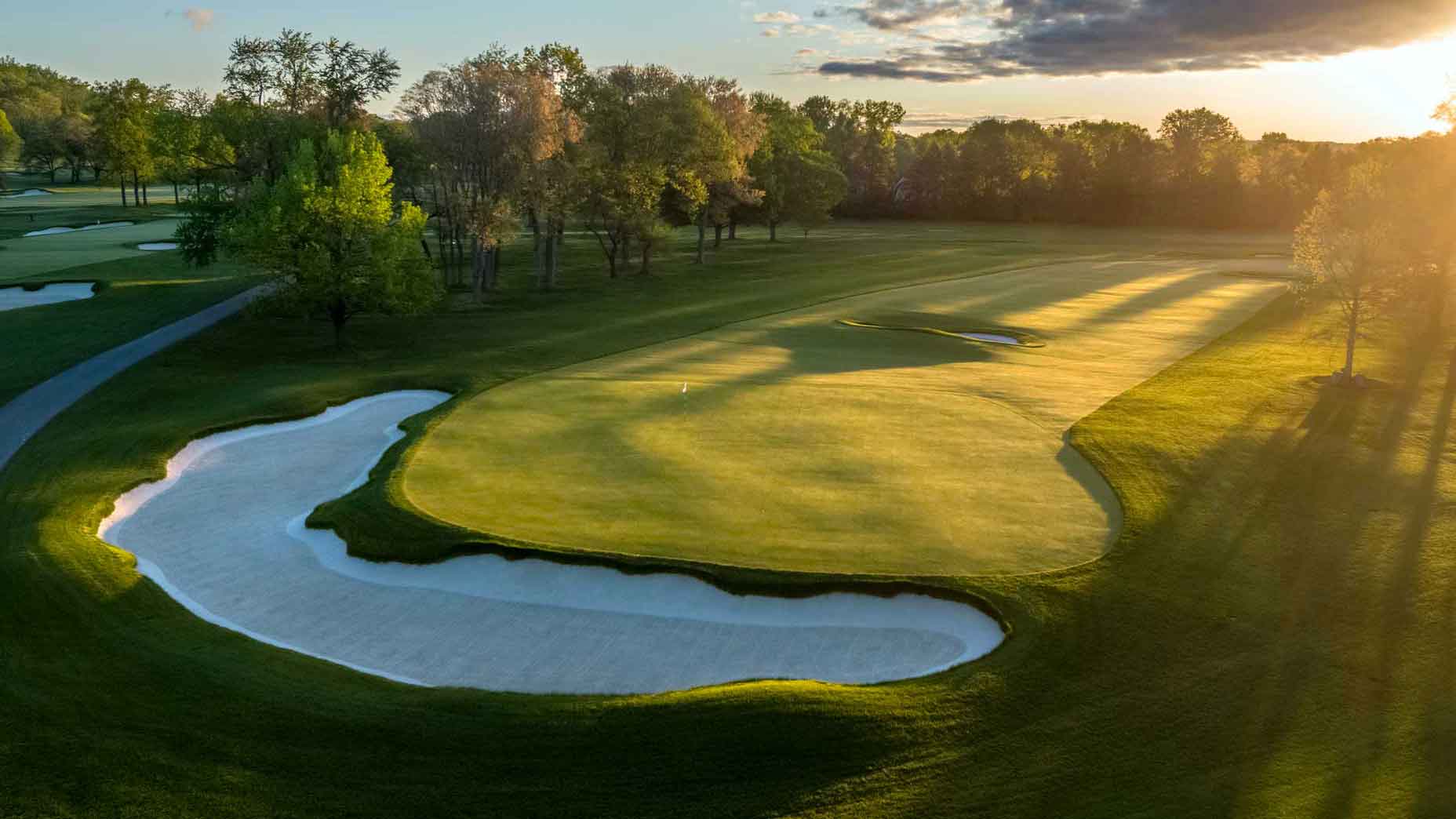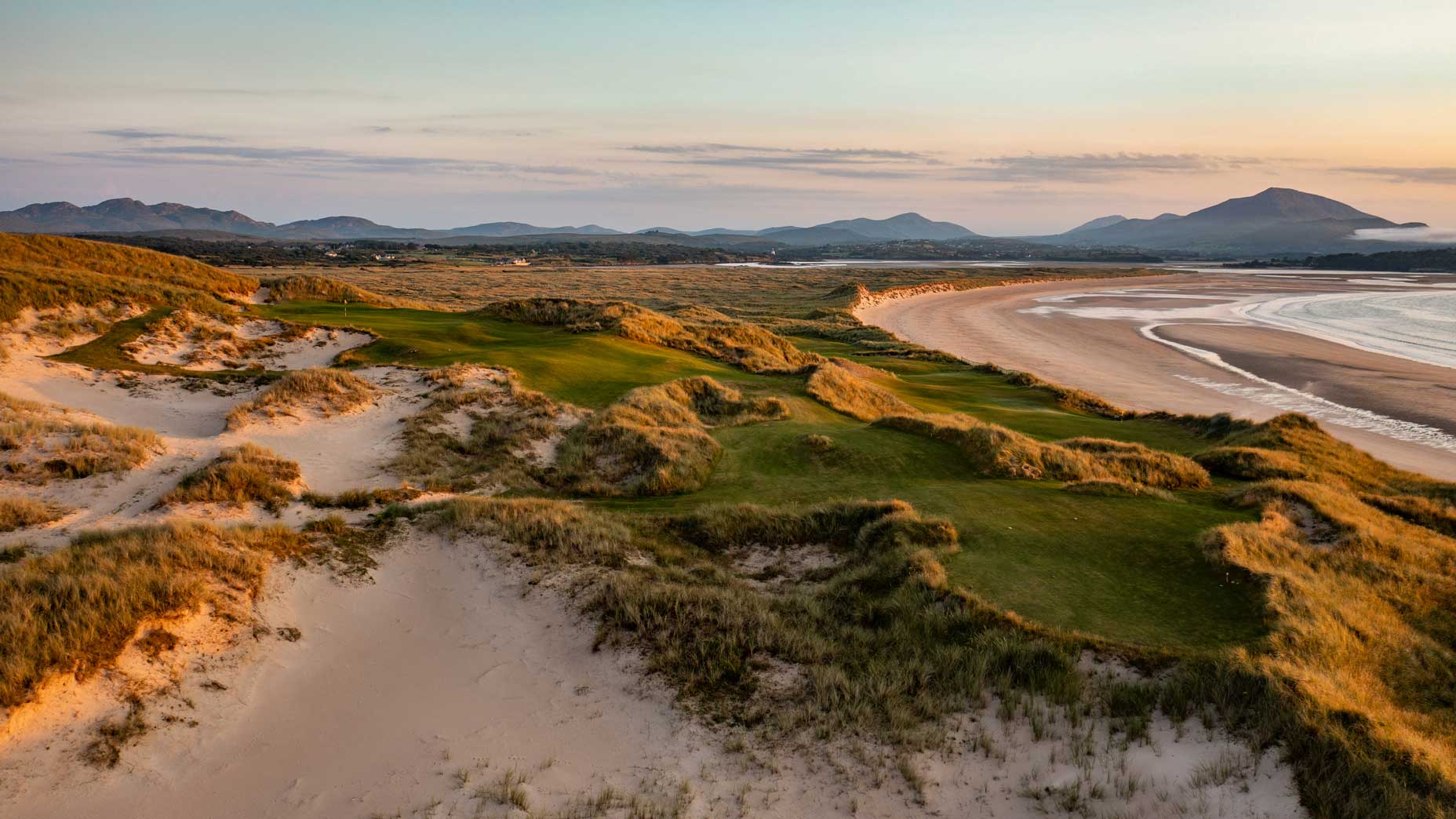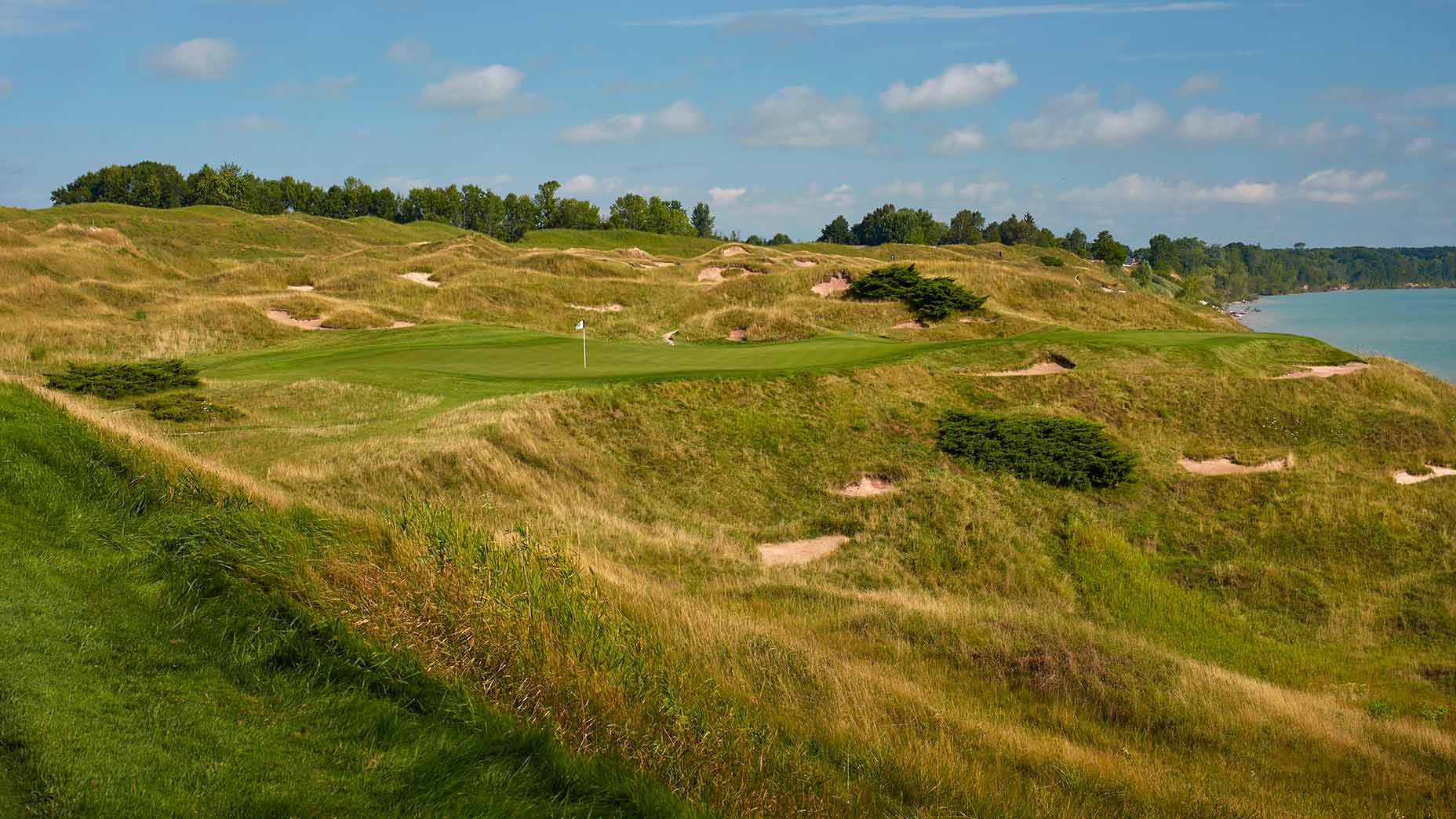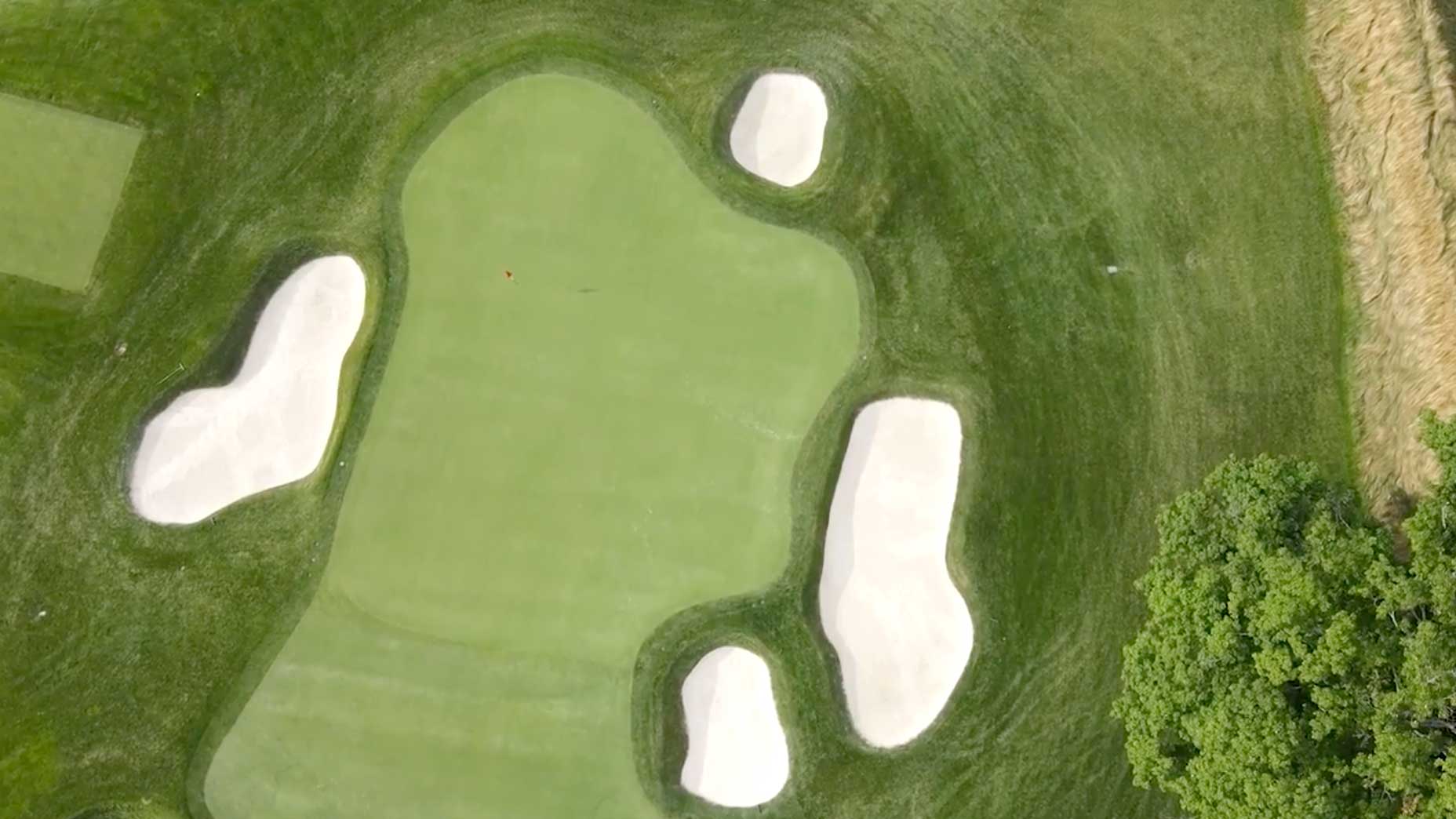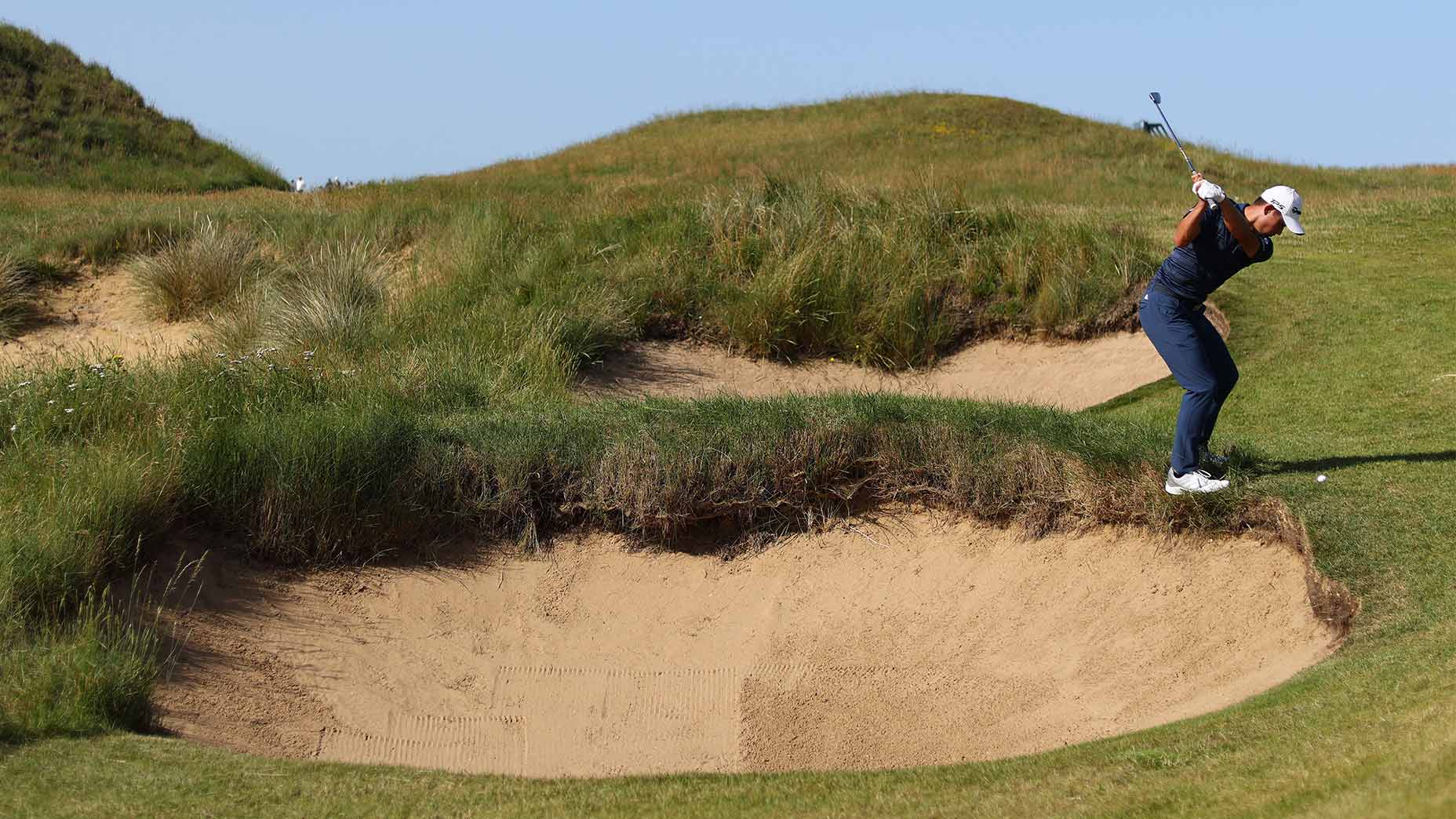GOLF’s Top 100 course panelists are among the most respected and well-traveled course evaluators in the game. They’re also keen to share their opinions. In this GOLF.com series, we’ll unlock their unvarnished views on all questions course-related. The goal is not only to entertain you but also to give you a better understanding of how to understand and appreciate golf course architecture. You can see GOLF’s latest Top 100 Courses in the World ranking here, and our Top 100 Courses in the U.S. here. Meet all of our Top 100 panelists here.
Concession Golf Club, host of this week’s WGC, is best known for its 18-hole Jack Nicklaus-Tony Jacklin design. But the club is also home to a 9-hole par-3 course and rollicking putting course. Because such architectural extras are a big part of the experience at many properties, we want to know more. What are one or two of your favorite add-ons, whether it’s a par-3 course, a putting course, a practice facility or something else?
Michael Pelliccione (panelist since 2020; has played 60 of the World Top 100): Golf for the past decade or so has been at the crossroads on which direction to take the game. Finding a way to grow the sport by making it more accessible, enjoyable and quicker so that our youngest generation will show interest will be the biggest challenge. While the game’s time-honored traditions will always remain, how we apply them will be different.
I’m starting to see more golf course hybrids being constructed to help attract newcomers to the game. The Cradle at Pinehurst Resort, The Preserve at Bandon Dunes and The Sandbox at Sand Valley have all introduced a short-course model that can be enjoyed by virtually anyone. Each one was specifically built with every handicap in mind. What could be better than grabbing a few clubs, heading out with your crew, playing your favorite tunes and enjoying a cold beverage? It’s the perfect way to cap off an epic day while chasing sunset. But if you’re not quite there swinging a golf club, don’t worry, they got you covered. Massive putting greens designed by world-renowned architects are becoming the trend. The Driftwood at Sea Island, The Himalayas at Treetops Resort or The Old Wagon at Prairie Club have all added putting courses to their arsenals. Arguably the most famous (and best) is The Punchbowl at Bandon Dunes, which spans over a whopping 2.3 acres. It’s impossible for me to say which short course or putting green is my favorite because they are all so great. But if I had to pick one, my beloved Ballyneal Golf & Hunt Club sets the bar really high with their Mulligan course and Commons putting green. Designed by Tom Doak, it’s my home away from home and I look forward to the day I can teach my son the game out in the Chop Hills of Colorado.
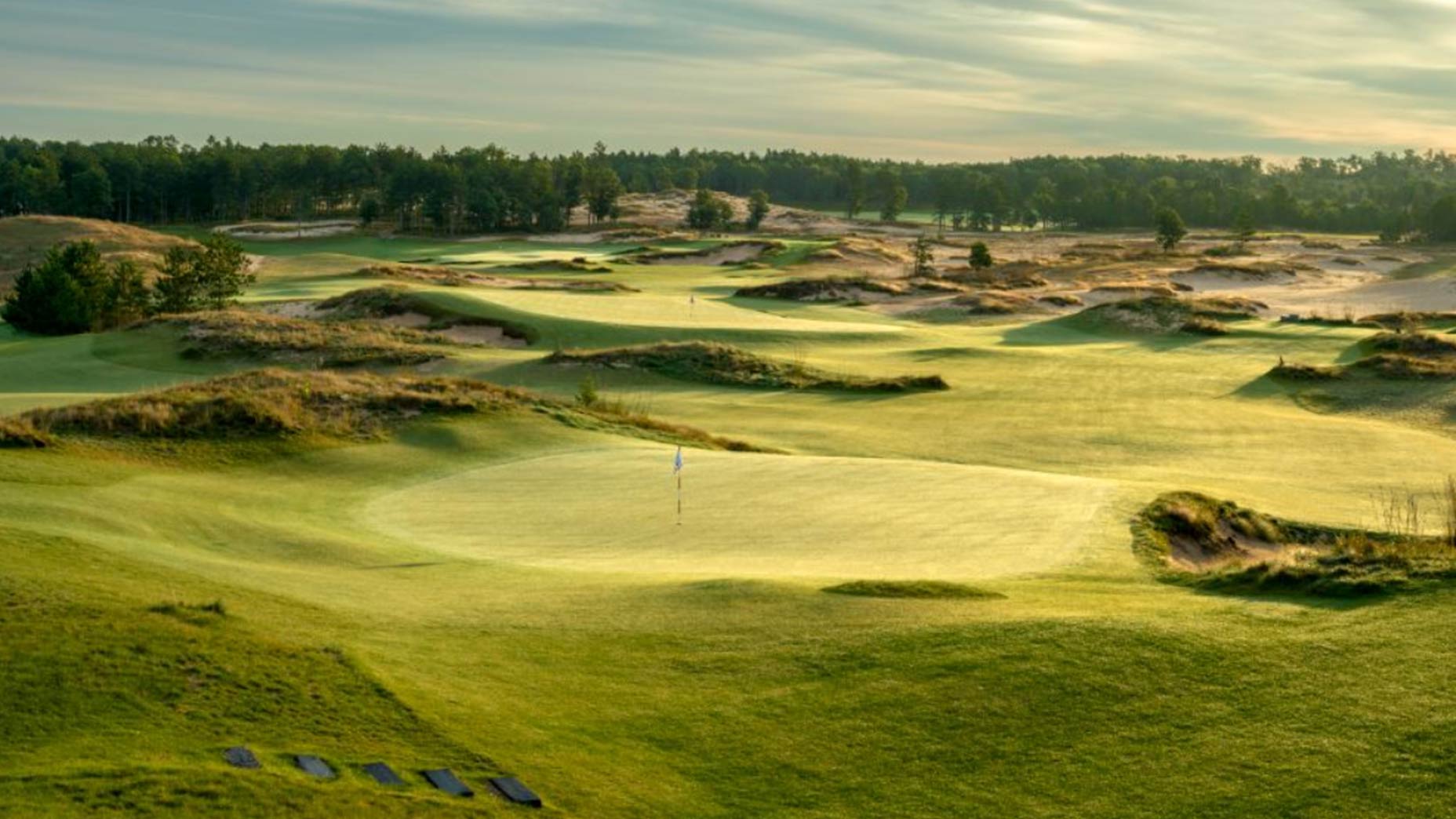
Steve Lapper (panelist since 2009; has played 84 of the World Top 100): The addition of par-3, short courses and Himalaya-style putting greens have added immeasurably to the game’s fun factor. No question these courses hold interest for both the novice and scratch player, young and old alike. Personally, I love the public examples of these found at Bandon, Pinehurst and Sand Valley.
Privately, it’s tough to top the likes of a Friar’s Head or a Hamilton Farm. Truly new and different are the smart architecture and technology-equipped driving ranges being created across the U.S. Both Atlantic Golf Club (Bridgehampton, N.Y.) and Michael Jordan’s Grove XXIII (Hobe Sound, Fla.) — the latter a Bobby Weed design — have built fresh, exacting-design practice ranges with dual lanes of individually-spaced elevated greens, paced to practice the course’s approach shots at various distances. In between sits a vintage open driving range lane that has visual fairway dimensions of width and length. These are bordered on the sides by vast putting preens, chipping and bunker areas. A player can work on almost every single shot found on the course. This is easily the most visually and practically attractive range design anywhere and unquestionably will find its way to plenty of other courses in the not-too-distant future. Another trend that is interesting and growing in popularity are driving ranges outfitted with modern distance and metric technology. Radar-based products like Trackman and InRange are being installed across existing ranges and allow a golfer to hit shots that offer immediate data with a strong width of analytical metrics. Weekend players can now mimic the range sessions of Tour pros, work in depth on a particular shot or simply play popular courses from a range mat. Throw in a few libations and a four-hour round is now shorter and something to look forward to.
Rickie Fowler: Why Michael Jordan is so hard to beat at MJ’s new courseBy: Josh Berhow
Hal Phillips (panelist since 1997; has played 72 of the World Top 100): These par-3 and short-course additions to established clubs and resorts are certainly all the rage. The most interesting one I’ve seen — the 9-hole Bann Course at Castlerock in Northern Ireland — is not all that new. Ben Sayers extended the big course to 18 in 1908; Harry Colt refined the layout in 1925. Frank Pennick didn’t add the Bann until the 1980s. It measures just 2,446 yards, but six or seven holes are astonishingly dramatic. Some are so tight as to be nearly unplayable in wind. But I have great memories of playing these holes in low light, half lit, after dinner and pints in the clubhouse. The Bann holes are great because the dunes they occupy are massive, even if the landing areas (on account of this severe terrain) are not.
Thomas Brown (panelist since 2015; has played 95 of the World Top 100): Earlier this month, Martin Slumbers from the R&A announced plans to rethink golf at Lethamhill, a municipal course in Glasgow, Scotland. The proposed changes to the Lethamhill facility will focus on more accessible options to introduce golf to a broader range of the community by redesigning the property to include a par-3 course and practice area for beginning golfers. Similarly, Golf Australia, in partnership with Royal Melbourne and the State of Victoria hired Geoff Ogilvy, Mike Cocking and Ashley Mead to reconfigure Sandy Golf Links in Melbourne to better suit beginning golfers.
Closer to home, director of The First Tee Mexico, Agustín Pizá, did apprenticeships building new golf courses under Nicklaus Design, Gary Player and Tom Fazio and has since been pioneering small acreage golf properties. He introduced the unique idea of a “Golf Lounge” to build an urban greenspace — a flexible par-3 with several tees to a single, large multiple-hole location green complex in Mexico City. He’s also behind a small, four-green design at Mexico’s Yucatán Chablé Resort. Play may be set up as a criss-cross 7,000-plus yard 18-hole routing all the way down to a 4-hole short course based on the resort guest’s preference.
